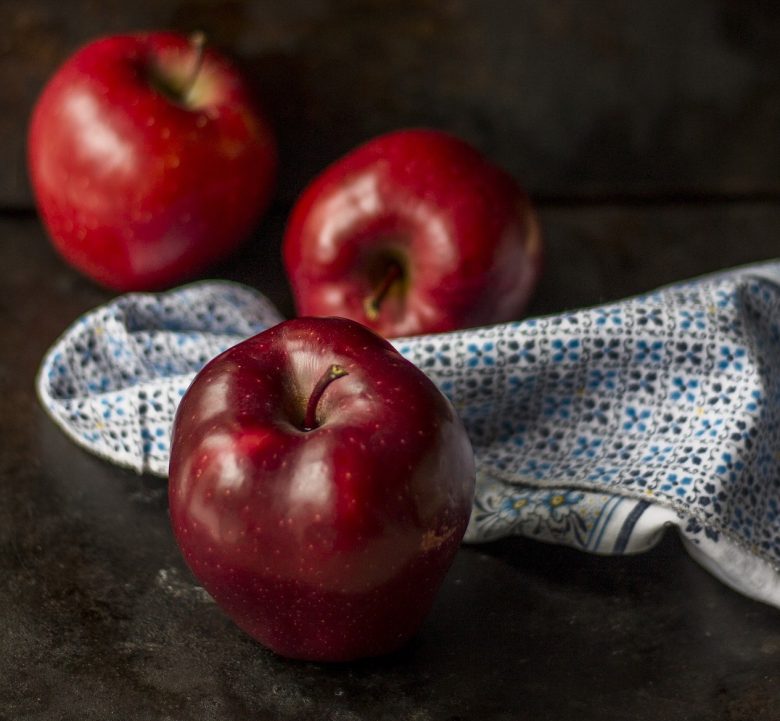
The Red Delicious boomed in popularity. By the 1940s it was the best-selling apple in the United States. Soon, however, selective breeding took its toll.
“It was kind of this ‘gold-rush mentality’ with apples where if you found a really good one, you could market it,” says Yankee’s Amy Traverso, author of The Apple Lover’s Cookbook. “The [Red Delicious] was a chance seedling, and I like to imagine what a revelation it was to come across this apple tree that you hadn’t even planted. To taste the fruit for the first time and realize it was just incredible.”
Traverso explains that on any apple tree you have what are called “sports,” which are apples that might have a slightly different genetic expression than the rest. When Red Delicious apples mutated toward more consistent coloring — i.e., brighter reds, less striping — farmers favored them, because this was a marketable quality. And therein lies the problem.
“It turns out that a lot of the genes that coded for the flavor-producing compounds were on the same chromosomes as the genes for the yellow striped skin,” Traverso explains, “so as you favored the more consistently colored apples, you were essentially disfavoring the same genes that coded for great flavor.”
Traverso adds that as the Red Delicious was being bred to have more uniformity, it was also being bred to have thicker skin — “which was great when you were shipping things on trains,” she says, “but now you’re getting this mouthful of thick skin.”
By prioritizing aesthetics, apple growers were slowly destroying the Red Delicious’s deliciousness. As Traverso says: “They literally bred the flavor out of the apple.”